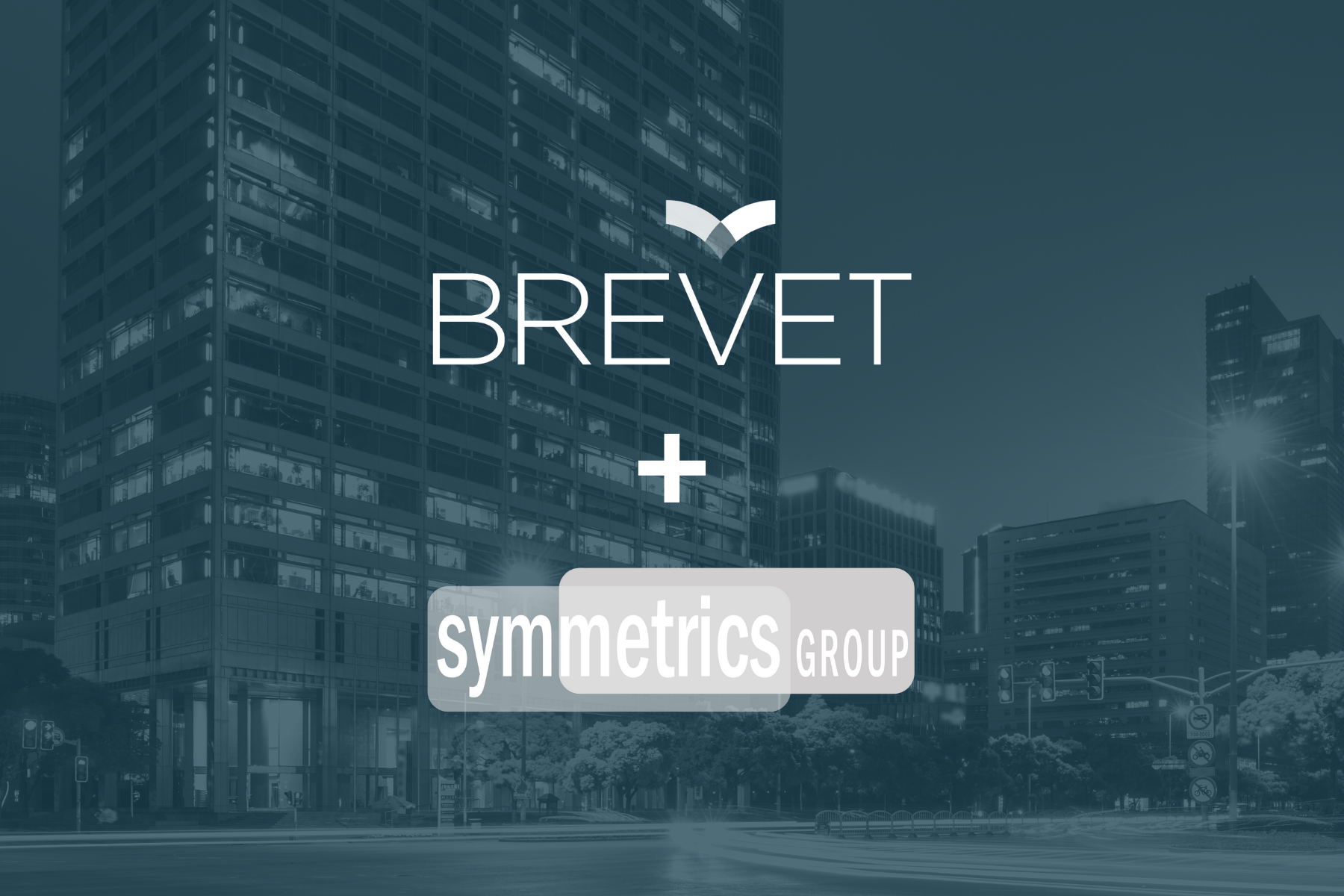Annually, U.S. firms spend approximately $900 billion on their sales forces, which is greater than three times their total media ad spend and 20 times their spend on all digital marketing. Based on various sources, there are between 4 and 5 million B2B sales professionals in the U.S. and approximately $20B is spent on sales training alone, not including sales enablement technologies, tools, and aids.As a firm that often develops customized sales training, we are frequently asked about the costs over and above our fees. As you can imagine, it’s not a simple answer. This two-part blog highlights the 5 steps you should take to define your cost of sales training and determine whether custom or off-the-shelf training is a better option for you.
Step 1: Define Your Business Outcomes
Like most business endeavors, you first want to define your desired business outcomes by answering the questions: Why are you implementing sales training? What do you expect in return?
This discussion should include establishing a baseline and determining the improvement range for each impacted metric. For many of our clients, top-level business outcomes for sales training might include:
- Improving revenue (top-line) growth
- Increasing win rates
- Expanding deal size
- Growing wallet-share in key accounts
Once you define the business outcomes, you need to understand how your training will link to and drive those outcomes. For example, the sales training may revolve around improving:
- Business planning efforts around accounts, opportunities, etc.
- Selling skills to qualify, propose, and close more effectively
- Business acumen and the ability to effectively communicate insights
- Overall selling processes to drive accountability, predictability, and coaching
- Management practices to foster development and seller engagement
Sales training should be thought of as an investment vs a cost, as it’s expected to yield a benefit in some future time. That benefit and your training objective will often determine the type of training you do and the ultimate return you can generate. You may find the perfect off-the-shelf training program to meet your needs, or you may discover that your objectives and expected outcomes require more customized content.
Step 2: Prepare for Adoption
It seems self-evident that the greatest training program in the world will yield no benefit if it’s not adopted. Training isn’t simply a “feel good” event. It’s meant to change what happens on ‘Monday Morning'. To realize value from sales training, plans need to be created and executed, new skills need to be applied, insights need to be shared, and processes need to be adhered to and inspected regularly.
We have found that sales training adoption is driven by three key factors: Relevancy, Reinforcement, and Results.
Relevancy: Packaged, off-the-shelf sales training has some great benefits, but relevancy is not high on the list. Most will change a few terms in their Intellectual Property (IP). But they will not make major adjustments, as their whole training process, from materials to trainers to marketing, is all built around their standard training products.
It’s true that some skills and processes are universal across sellers, like qualifying and listening. But the nuances around asking certain questions and listening for specific triggers does differ across industry and firm. We’ve found that making a training program more relevant to the intended audience helps to significantly drive adoption and engagement.
Reinforcement: Reinforcement often gets the ‘short end of the stick’ when it comes to sales training. Too many firms treat training as a feel-good event. They don’t invest in driving ‘installation’ of the material and helping the coaches (sales managers) to effectively model and reinforce the new learnings.
Given the importance of coaching and development today (we can’t all find, hire, and keep ‘rainmakers’), a post-training coaching cycle should include internal and peer coaching coupled with other reinforcement technologies and services. This helps both signal the importance of the training and drive home new learnings in the day-to-day selling processes.
Results: Measuring results is a non-negotiable in most companies. The language of executives and budget decisions is quantitative, and the sales department is one of the most measured areas in a company. Measuring the business outcomes and drivers is essential to signaling the importance of the training to the sales organization and to justify the investment in it.
Measurement can have both quantitative and qualitative elements. For example, ride-alongs can be used to determine if new behaviors are being applied in the field, while win rates and other lagging outcomes can be measured via a CRM. If you aren’t going to measure the impact of the sales training, don’t do it (regardless of whether it’s off-the-shelf or custom).
Step 3: Plan the Modality for the Multigenerational Sales Team
How you deliver the training (the modality) can significantly impact the investment and engagement of the participants. Each modality below can be standalone or blended with others:
- Virtual Instructor-Led Training (vILT): Like ILT, but the instructor or facilitator is virtual instead of face-to-face. In general, the sessions need to be shorter (to maximize engagement) in a virtual setting, and it’s often blended with other approaches.
- Medium-to-High eLearning: This is generally an ‘umbrella’ term that refers to various types of training and instruction over some sort of digital medium, like a computer, tablet, or mobile phone. For example, eLearning can encompass gamification elements (the process of applying gaming designs and concepts to learning or training) and simulated scenarios.
- Low-to-Medium Blended Learning: An instructional approach that includes a combination of modalities and is often a blend of eLearning and ILT.
- Train-the-Trainer (T3): This is less of modality vs an approach to knowledge transfer and training others (usually a company’s internal resources) to deliver the training, which may be a blend of the modalities. The T3 is usually to help trainers deliver an ILT experience.
We have found a multi-modal approach to work best given the types of content, experiences, and engagement you're considering. You’ll also want to link the modality to the learning styles and thinking preferences of the participants, while considering your multigenerational sales team.
In terms of training the multigenerational sales team, one best practice is to implement a training advisory board composed of people from each generation represented in the sales force. The advisory board can help provide input around the content covered, the best content design, and the best delivery or modality to use. Since most sales teams are ‘blended,’ it usually makes sense to have a blended learning approach to be both ‘whole-brained’ and to satisfy generational preferences.
Check out part 2 of this blog, where we talk about the different types of training investments, while exploring a hypothetical example. To discuss more about sales training, contact us.
About The Author
 Warren Shiver is a Partner at The Brevet Group, a management consultancy focused on end-to-end improvement in sales force effectiveness. Warren’s leadership has helped numerous organizations build high-performing sales teams focused on the right go-to-market strategy, disciplined sales process, and well-designed enablement tools.
Warren Shiver is a Partner at The Brevet Group, a management consultancy focused on end-to-end improvement in sales force effectiveness. Warren’s leadership has helped numerous organizations build high-performing sales teams focused on the right go-to-market strategy, disciplined sales process, and well-designed enablement tools.



